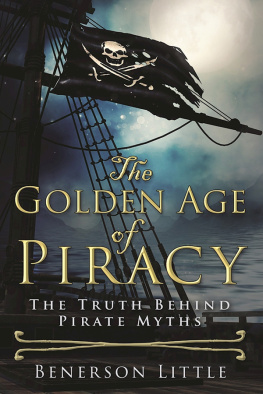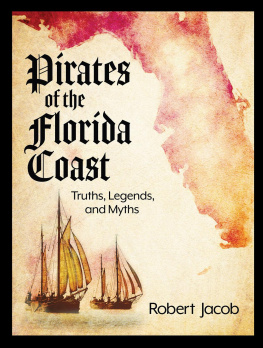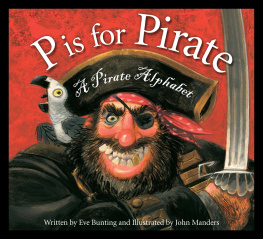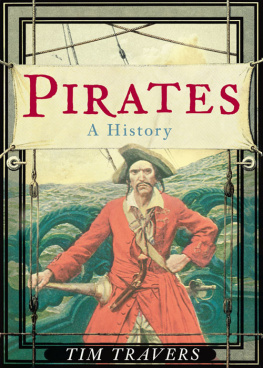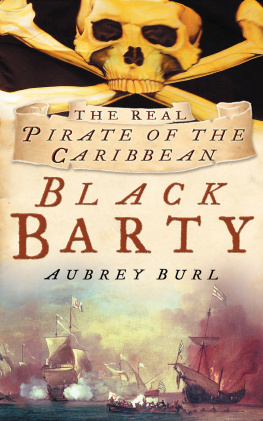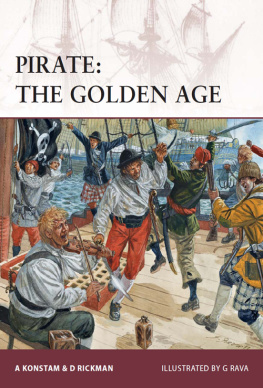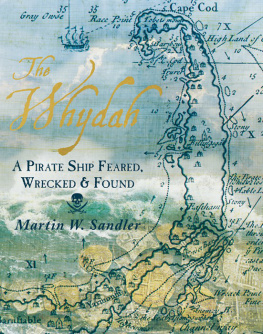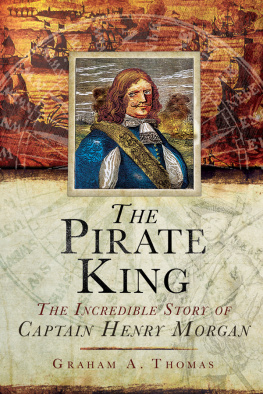Copyright 2016 by Benerson Little
All rights reserved. No part of this book may be reproduced in any manner without the express written consent of the publisher, except in the case of brief excerpts in critical reviews or articles. All inquiries should be addressed to Skyhorse Publishing, 307 West 36th Street, 11th Floor, New York, NY 10018.
Skyhorse Publishing books may be purchased in bulk at special discounts for sales promotion, corporate gifts, fund-raising, or educational purposes. Special editions can also be created to specifications. For details, contact the Special Sales Department, Skyhorse Publishing, 307 West 36th Street, 11th Floor, New York, NY 10018 or .
Skyhorse and Skyhorse Publishing are registered trademarks of Skyhorse Publishing, Inc., a Delaware corporation.
Visit our website at www.skyhorsepublishing.com.
10 9 8 7 6 5 4 3 2 1
Library of Congress Cataloging-in-Publication Data is available on file.
Cover design by Rain Saukas
Cover photo credit iStock
ISBN: 978-1-5107-1302-4
Ebook ISBN: 978-1-5107-1304-8
Printed in the United States of America
For anyone who has ever played at pirates, searched for buried treasure, or taken a voyage over the seas or in their dreams, but especially for Mary, Courtney, Bree, and Aidan
Contents

Preface:
Imagining Pirates and Piracy

I grew up near the sea; first in Key West, Florida, where I was born, then variously along the Gulf Coast of the United States, then the East and West Coasts. As far back as I can remember, I have always been fascinated by the ocean, the great birth mother of humankind. It was not only a pathway to adventure, but it was also, itself, an adventure. It had treasures on its shores and beneath its waves just waiting to be discovered.
When I was ten years old, I read an annotated copy of Treasure Island , a gift from an aunt who has since passed away. The story, perfect for a ten-year-old boy, fascinated me, and the annotations helped me understand the background of the storyhow a schooner was rigged, how a cannon was loaded, how a flintlock pistol was primed, even if, as I know now, not all the annotations were correct. I already knew something about pirates, or thought I did, mostly from Hollywood swashbucklers filled with tall ships and men with cutlasses who looted towns and buried treasure and, in the end, won the hand of the beautiful lady. But the book made me want to know everything there was to know about pirates.
At the time, my father was away at sea and I lived inland for a year in a small town in Alabama, a state torn by social change and alien to me. Desperately in need of escape, I was determined to find my own buried pirate treasure, and I set about this adventure with a focused passion. On the forty acresand beyondin Alabama where my grandparents lived, I went to work looking for evidence of pirates and Indians and pioneers, and of the treasures they must surely have left behind. I slipped quietly through forgotten, overgrown cemeteries surrounded by old timber, inspected rusted whiskey stills, trekked into a swamp where renegade Creek Indians once holed up, clambered through rattlesnake-infested overgrowth looking for a pair of Indian mounds I never found. I discovered arrowheads, old ironwork, and cattle skulls. I once watched in near terror as a silver incandescent ball drifted through the night. I suppose it was ball lightning or marsh gas, perhaps, but I still like to think it was a corpse candle or will o the wisp, the ghost of some pirate or adventurer bound on an eternal search for his lost treasure.
But never did I find buried pirate treasure. Still, like the treasure of a mere handful of coins that would have made Tom Sawyer happy, my discoveries made me as happy as if I had discovered Captain Flints own treasure. In fact, one need only read Tom Sawyer to understand both the lure of buried treasure and of piracy: Who has not at one time or another wished to run away, set up camp on an island in a river or the sea, and plunder those who pass; who has not wished to discover a hoard of treasure hidden far into the dark passages of a ghostly cave or grotto?
Soon after I first read Treasure Island , I discovered an old copy of Alexandre Exquemelins The Buccaneers of America in the school library. I devoured it, although I did not understand many of the terms. Unconsciously, the book set the stage in my mind for an adventure through history, that of discovering the truth about pirates and other sea rovers.
A few years later, I read Rafael Sabatinis Captain Blood , then similar novels, and then, often by accidental discovery, the published journals of the pirates themselves. After college, I entered the US Navy and became a Navy SEAL. There, I learned the reality of the sea and men-at-arms and I began to apply what I learned to the stacks of histories and journals of sea rovers. I began to write about pirates and privateers, and always when I wrote I wanted to follow the path to the truth, to the reality of these sea thieves. I discovered that much of what we thought we knew about pirates was wrong. These truths, buried beneath layer upon layer of fascinating, dusty old books and reels and reels of old film, became the treasure I had been seeking since I was young. But they were not what I had expected to find.
Yet, this was not discouraging! The truths, I discovered to my surprise, were even more fascinating than the myths, and seldom did reality detract from the pirate myths westrangely enough, given that most pirates were cutthroatshold dear. I discovered that there is room for them both in our learning and mythology. Not only is each fascinating in its own way, but also the path from one to the otherfrom reality to myth to reality againis just as fascinating. It is a journey that begins with our history, wends its way through our literature and film, and arrives ultimately at the core of our very cultureour ideals.
Pirates are indeed part of our culture, and understanding how this came to be is a wonderful voyage of discovery, one that reveals both the good and the evil in human behavior. Yet it is also a voyage we need not think too hard about if we do not wish to: the stories themselves carry us away, like dreams that become reality and move too quickly for anything but the thrill itself. Here, within these pages, is what every wishful would-be sea rover, whether relaxing in an armchair or braced on the deck of a schooner in a rolling sea, dreams of: Adventure!
Prologue:
The Image of the Pirate

I magine coming face-to-face with a living, breathing Caribbean pirate from three centuries ago. Do we recognize him as a sea thief? Of course we do. We dont need to see him on the bloody, blackened, splintered deck of a ship, cutlass or rapier in one hand, pistol in the other, with bags of silver and frightened prisoners at his feet, in order to identify him. We already know him well from fiction and film.
We know him by the cunning squint in his steely eyes, by his ambling, rolling seamans gait, by his cocksure manner. He punctuates his nautical speech with salty language, sprinkled here and there with an Arr! and a Yar! and occasionally a variety of Yo-ho-ho! and Shiver me timbers! and Me hearties! and Dead men tell no tales! His expression might be fierce or jovial as the mood suits himand according to how drunk he is.

